Summer is right around the corner and the fruit trees growing in your yard especially after you have gone through a revive lawn procedure, are likely going through new growth as the fruit comes in. This is the most important time of the year for fruit tree care. Here are some tips for how to take care of your fruit trees in the summer.
1. Inspect Them Regularly
Give the branches, bark, leaves, and fruits on your fruit trees regular inspections. Look for diseases or insects and apply the appropriate controls for these problems. Prevention is better than the cure when it comes to insects so take care of them before they can settle in. Especially rare fruit trees, like the midsweet orange tree need proper inspections every year.
2. Water Often
Like anything else, fruit trees need water to properly develop fruit. You should water your trees infrequently and deeply rather than frequently and shallowly. If your trees are on sandy soil then give them new water every week or two, giving them enough water for it to sink two feet into the soil. Water trees on clay soils every two to three weeks. How often you water trees varies depending on the weather conditions. Water trees less in rainy times and more often during droughts. The key is to ensure your plants get enough water one way or another. Let Mother Nature take over if she’s willing to.
3. Use Mulch to Control Weed Growth
Your fruit tree needs to be as weed-free as possible. Spread a mulch layer a few inches thick over the root zone for the tree, but don’t let the mulch touch the tree. The mulch creates a no-go ring around the trunk, so it won’t be damaged by a strimmer or mowers. Mulch reduces weed competition for younger trees and keeps soil moist, so you don’t need to water as much. Choose organic mulch that breaks down to give trees extra nutrients.
4. Fertilize Trees When Needed
You’ll need to put some thought into how much you should fertilize the fruit tree. It depends on how well your trees are growing. Putting compost down near the base of young trees and at the drip line for older trees is a good practice. The fertilizer you need depends on the soil quality and tree growth. For example, non-bearing apple trees should grow to between 24 and 36 inches, while pear trees grow between 12 and 26 inches.
The growth is different for fruit-bearing trees. Fruit-bearing apples have between 12 and 24 inches of shoot growth, while pear shoots grow between 6- and 12-inches during growth periods. Fruit trees require a pH of between 6.5 and 7.0. We recommend applying fertilizer early in the summer to avoid stimulating new growth too close to winter. Think of it as being like drinking coffee before bed. Timing is everything with tree care.
5. Fruit Thinning
Fruit trees typically produce more fruit than they can support. While fruit trees naturally shed some fruits during the early summer drop, they could need a helping hand. Thinning fruit eliminates diseased and insect-infested fruits, prevents branches from breaking under the weight of too much fruit, reduces fruit loads, and prevents the issue of alternate year bearing. This is a common issue for fruit trees. Wait until the natural fruit drop happens to consider doing some fruit thinning of your own.
The fruits you thin should be around an inch in diameter. Leave the biggest and healthiest looking fruits be and choose fruits that are growing on the furthest parts of the tree. Thin less during light years and thin more during heavier years. There’s no need to thin trees if there isn’t much fruit on the tree at all.
6. Spread Branches
You can encourage stronger branch angles on young trees by spreading their branches for them. Branches should be at a 45-degree angle or greater against the trunk. These branches are stronger and tend to grow more fruit with less vegetative growth. There are a few ways to spread the branches on your trees. One way is to use wooden spreaders.
Place the spreaders between narrow-angled branches for more natural spreading. You can also attach weights to fishing line and tie them to smaller branches that need more horizontal growth. It takes a little time, but within a year or so your tree branches will be growing at just the right angle. You can remove the spreaders when they reach this point.
7. Pruning
Pruning is always something that can help with tree growth and health, but it must be done properly. There are a few different approaches to pruning trees in the summer. Which method is right depending on what you hope to correct with pruning. Here are some recommendations for pruning fruit trees in the summer.
While summer pruning is considered “off-season pruning” it does have a place with home orchards. For example, you might need to prune trees to remove diseased and dead tree limbs. If a tree limb gets broken by a heavy load of fruit or weather conditions, then you can prune the ragged edges back for a smooth cut with no stubbly stumps left behind.
We also recommend pruning tender new branches in summer. This will help encourage the branches to grow bulkier and stronger. It discourages long and weak branches from taking hold. Summer pruning also helps to manage the overall size of your tree, which is especially helpful if you have a robust tree.
There are several reasons to consider pruning your trees in the summer, but all these reasons have the same end goal in mind; to detect and correct issues.
Final Thoughts
We hope that you have no problem taking care of your fruit trees this summer with our handy tips. Of course, please don’t hesitate to get in touch if you have questions or concerns or need a little help. We’d be more than happy to help.

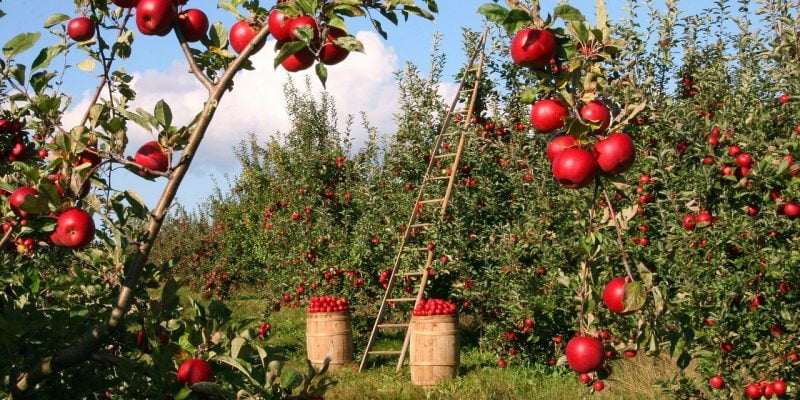



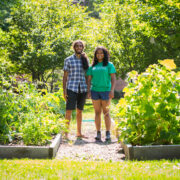
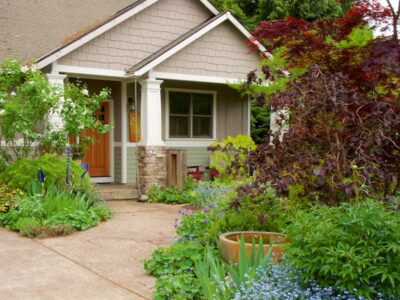
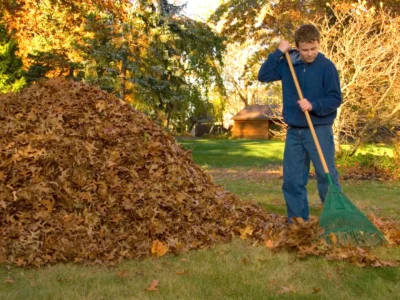
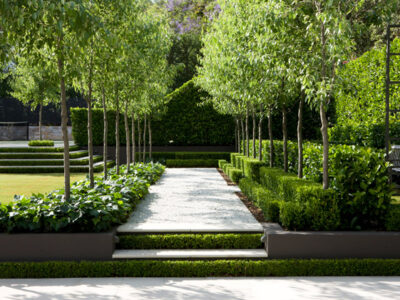
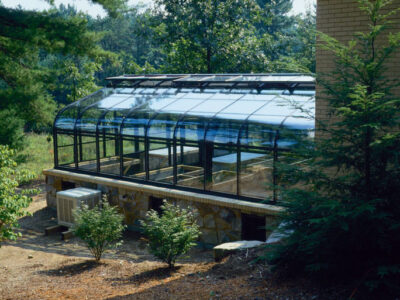

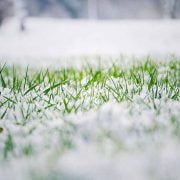
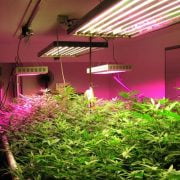

Comments